Lawn aeration is a crucial lawn care practice that often goes overlooked, yet it plays a significant role in maintaining a healthy, thriving lawn. In Canada, where the growing season can be relatively short and the winters harsh, proper lawn aeration is even more important. During the spring and fall months, when your grass is actively growing, aerating your lawn can help promote deeper root development, enhance moisture retention, and reduce thatch buildup, all of which contribute to a stronger, more resilient lawn. Whether you're dealing with heavy clay soils or loamy turf, understanding the benefits and proper timing of lawn aeration can make a world of difference.
In this article, we’ll dive into the importance of lawn aeration, the best times to aerate in Canada, the types of tools you can use, and how to properly aerate your lawn for long-lasting results. By the end, you’ll understand why lawn aeration should be an essential part of your annual lawn care routine for a lush, healthy lawn throughout the year.
What is Lawn Aeration?
Lawn aeration is the process of perforating the soil with small holes to allow air, water, and nutrients to penetrate the root zone of the grass. This procedure is essential for maintaining the health of your lawn, as it addresses several issues related to soil compaction and poor root development. By aerating your lawn, you essentially improve the ability of your grass to access the key resources it needs to thrive.
There are several ways to aerate your lawn, with the most common method involving the use of a core aerator, which removes small plugs of soil from the ground. This creates an open, breathable environment for grass roots and facilitates better nutrient absorption. For homeowners in Canada, aeration is particularly beneficial in regions with heavy clay soils, which are common in many areas across the country. These dense soils can easily become compacted, preventing the essential movement of air and water. Aerating helps break up this compacted soil, allowing it to “breathe” and provide a healthier growing environment for your lawn.
Lawn aeration is an effective way to improve soil health, foster strong root growth, and enhance the overall appearance of your grass, making it greener and more resilient to environmental stresses.
Why Aeration Is Important
Lawn aeration plays a crucial role in maintaining a healthy lawn. Over time, soil can become compacted due to foot traffic, weather conditions, or heavy machinery. Compacted soil restricts the movement of air, water, and essential nutrients to the roots of your grass. This can lead to weak root systems and poor overall lawn health. Aeration helps alleviate these problems and ensures your lawn can grow strong and vibrant.
Soil Compaction
Soil compaction occurs when soil particles are pressed together tightly, reducing the amount of pore space between them. As a result, air, water, and nutrients struggle to reach the grass roots. This can make it harder for your grass to grow, especially in regions with clay-heavy soil, which is common in parts of Canada. Aerating your lawn creates small holes in the soil that allow essential elements like oxygen, water, and fertilizer to reach deeper into the ground.
Without aeration, your lawn may begin to show signs of stress, such as poor drainage, patches of brown grass, and difficulty growing healthy roots. Regular aeration is particularly beneficial for lawns that experience high foot traffic, like sports fields or gardens near pathways.
Root Health
Aeration helps improve the overall health of your grass by promoting deeper root growth. When air and water can reach the root zone more easily, grass roots can grow deeper into the soil, making them more robust and able to access essential nutrients. Stronger roots result in a healthier, more drought-resistant lawn. Grass with well-developed roots can better absorb water and nutrients, allowing it to thrive even in challenging conditions, such as during long dry spells or extreme temperatures.
Thatch Buildup
Thatch is the layer of dead grass, roots, and other organic material that accumulates on the soil surface. While a thin layer of thatch can be beneficial, providing insulation and preventing moisture loss, too much thatch can create problems. When thatch builds up beyond about one inch, it can block water, air, and nutrients from reaching the grass roots. Aerating the lawn helps break down the thatch and reduce its buildup, allowing essential resources to penetrate deeper into the soil.
When to Aerate Your Lawn
Knowing the right time to aerate your lawn is crucial for maximizing the benefits of the process. The timing of aeration will depend on the type of grass you have, the climate in your region, and the condition of your soil. In Canada, where the growing season can be shorter and the climate varies widely, timing becomes even more important to ensure your lawn gets the most out of aeration.
Ideal Seasons for Cool-Season Grasses
In Canada, many lawns are planted with cool-season grasses such as Kentucky bluegrass, fescue, and ryegrass. These grasses thrive in cooler temperatures and grow best during the spring and fall months. For lawns with cool-season grasses, the best time to aerate is in the early spring, just as the grass starts to grow actively after the winter dormancy. Aerating in early spring helps the grass get the oxygen, water, and nutrients it needs for robust growth.
Alternatively, the fall is another excellent time for aeration. The cooler temperatures, reduced weed pressure, and increased rainfall provide ideal conditions for grass growth. Aerating in the fall allows the grass to recover quickly and develop strong roots before the harsh winter months. For cool-season grasses, aeration in both spring and fall can help improve lawn health significantly.
Ideal Seasons for Warm-Season Grasses
Warm-season grasses, such as Bermuda, Zoysia, and Buffalo grass, are less common in most of Canada due to the cooler climate, but they may still be found in certain regions, particularly in southern parts. These grasses grow best in the warmer months and are most active during the late spring and early summer. If you have a warm-season grass lawn, aeration should be done when the grass is actively growing, typically in late spring or early summer. This allows the grass to recover and take full advantage of the aeration process.
Signs Your Lawn Needs Aeration
In addition to knowing the best times to aerate, it's important to recognize when your lawn needs it. Here are some signs that your lawn could benefit from aeration:
- Compacted Soil: If you notice areas where water pools on the surface or doesn't drain properly, this may indicate soil compaction.
- Drought Stress: A lawn that struggles to recover after dry periods or seems to dry out quickly may need aeration to help water reach the root zone.
- Poor Water Drainage: If water runs off the surface instead of soaking into the ground, aeration can improve soil permeability and water absorption.
- Thin or Patchy Grass: If you see areas of your lawn where grass is sparse or growing poorly, aeration can help stimulate growth by improving soil conditions.
- High Foot Traffic: Lawns subjected to heavy foot traffic, like play areas or gardens near walkways, may require more frequent aeration.
How to Aerate Your Lawn
Once you’ve determined the best time for aeration, the next step is knowing how to do it properly. Aeration can be done using different tools, depending on the size of your lawn, the level of compaction, and your budget. Let’s explore the tools you’ll need and the step-by-step process for aerating your lawn.
Tools You’ll Need
To aerate your lawn, there are several tools available, ranging from simple manual devices to motorized machines. Each tool has its strengths and is suited to different types of lawns and levels of compaction. Here are the most common aeration tools:
- Manual Aerators: These are simple, hand-held devices with spikes or hollow tines. They require you to push them into the soil, making them best suited for smaller lawns or low-traffic areas. While they are more labor-intensive, they are also affordable and easy to use.

- Core Aerators: These are motorized machines that remove small plugs of soil from the lawn, leaving holes behind. Core aerators are ideal for heavy compaction and larger lawns. They allow better penetration of air, water, and nutrients into the soil.
- Spike Aerators: Spike aerators use wedge-shaped spikes to punch holes into the soil, pushing the soil sideways. While they are more affordable and less physically demanding, they don’t remove soil from the ground. This makes them better suited for lighter, loamy soils that don’t suffer from heavy compaction.
- Slice Aerators: Slice aerators use rotating blades to cut through the soil and create slits, improving air and water movement. While effective, they can leave your lawn looking disturbed due to the soil being displaced.
- Liquid Aeration: Liquid aeration involves applying a special solution to your lawn that breaks down compacted soil and thatch. While this method is convenient and easier to apply, it is a slower process that may take multiple applications to see results.
Step-by-Step Instructions
Now that you know what tools to use, here’s how to aerate your lawn properly:
Preparing Your Lawn:
- Water Your Lawn: The soil should be moist but not soaked before aeration. Water your lawn thoroughly the day before aerating. This softens the soil, making it easier for the aerator to penetrate. Avoid watering immediately before aerating, as wet soil can become muddy and harder to work with.
- Mow Your Lawn: Before you begin, mow your lawn to a shorter height than usual. This allows the aerator to work more efficiently and makes the process smoother.
Aerating the Lawn:
- Using a Core Aerator: If you're using a core aerator, push the machine across the lawn in rows. Aim for an overlap of about one-third with each pass. The machine will remove plugs of soil, leaving holes behind.
- Using a Spike or Slice Aerator: If you’re using a spike or slice aerator, push the device into the ground in a crisscross pattern to ensure even coverage. Make sure to aerate each section multiple times to ensure the soil is adequately loosened.
Post-Aeration Care:
- Leave the Plugs: If you're using a core aerator, leave the plugs on the lawn. They will break down naturally over a couple of weeks, providing organic material and nutrients back into the soil.
- Overseed and Fertilize: Aeration is the perfect time to overseed your lawn, especially if it’s thinning or patchy. Apply grass seed to the newly exposed soil and lightly rake to ensure good seed-to-soil contact. Follow up with a slow-release fertilizer to nourish the grass and promote strong growth.
- Water Regularly: After aeration, water the lawn every two to three days, especially if you overseeded. Keeping the soil moist will help the grass seed germinate and establish strong roots.
Benefits of Lawn Aeration
Aerating your lawn can yield significant benefits for both the health of your grass and the overall appearance of your yard. By alleviating soil compaction and improving the soil structure, aeration helps your lawn thrive under a variety of conditions. Let’s explore the key advantages that come with proper lawn aeration.
1. Healthier Grass
The primary benefit of lawn aeration is healthier grass. When the soil is compacted, it becomes difficult for air, water, and nutrients to reach the roots. Aerating the lawn opens up the soil, allowing these essential resources to penetrate deeper into the ground. This promotes a robust root system, making your grass stronger, more resilient, and better equipped to survive harsh conditions like drought or high heat.
2. Improved Soil Structure
Soil compaction can create a hard, dense layer beneath the surface, making it nearly impossible for roots to expand. Aeration alleviates this issue by breaking up the compacted soil and increasing its porosity. This improved soil structure allows for better water retention, enhanced nutrient absorption, and an overall increase in soil health.
3. Better Drought Resistance
One of the most notable benefits of aeration is improved drought resistance. When your lawn has healthy roots and well-aerated soil, it can better hold water, reducing the stress caused by dry periods. Grass with a deep, well-established root system can access moisture from deeper layers of soil, helping it endure during extended dry spells.
4. Thicker, Greener Lawn
Aeration is an effective way to improve the appearance of your lawn by making it thicker and greener. By allowing air, water, and nutrients to reach the roots more easily, your grass can grow more vigorously, resulting in a fuller, lusher lawn.
5. Enhanced Fertilizer and Water Uptake
Aerating your lawn boosts the effectiveness of fertilizers and water. When your soil is compacted, fertilizers and water often run off the surface or get trapped in the upper layers, making it difficult for your grass to absorb them. Aeration ensures that water and nutrients are better absorbed into the soil, where they can be taken up by the roots.
Common Mistakes to Avoid
While lawn aeration is a beneficial process, it’s important to be mindful of common mistakes that could hinder the effectiveness of aerating your lawn. Here are some key errors to avoid to ensure the best results for your lawn.
1. Over-Aerating Your Lawn
One of the most common mistakes homeowners make is over-aerating their lawn. Although aeration is beneficial, doing it too often, especially on lawns with lighter or sandy soils, can lead to more harm than good. Over-aerating can cause soil instability and disrupt the root system. Typically, aerating once every two to three years is sufficient for most lawns, but high-traffic areas or lawns with heavy clay soils may require more frequent aeration.
2. Aerating When the Lawn is Dormant
Aerating your lawn when it's dormant, especially during the winter months, is a mistake that can stress the grass and hinder its recovery. Dormant grass has limited growth, and aerating at this time can damage the turf. It’s crucial to time your aeration with the growing season. For cool-season grasses, aerate in early spring or fall, and for warm-season grasses, aim for late spring or early summer when the grass is actively growing.
3. Not Properly Preparing the Soil
Proper soil preparation is essential for successful lawn aeration. Failing to prepare the lawn can lead to poor results. The best way to prepare is to water the lawn thoroughly a day or two before aerating. Moist soil is easier to penetrate, and the aerator will be more effective in removing cores. However, avoid aerating when the soil is too wet, as it can lead to mud formation and make the process less efficient.
4. Ignoring Thatch Buildup
Thatch buildup can reduce the effectiveness of aeration if not properly addressed. While aeration helps break up compacted soil, it does not directly deal with thatch. If the thatch layer is too thick (over 1 inch), it can prevent water and air from reaching the roots. It’s important to remove excessive thatch through raking or dethatching before aerating to ensure the best results.
5. Using the Wrong Aeration Tool for Your Lawn Type
Different lawn types and soil conditions require different types of aeration tools. Using the wrong tool can compromise the aeration process. For example, a spike aerator might not be effective for clay-heavy soils, while a core aerator is ideal for compacted, clay-based lawns. Be sure to choose the correct aeration tool based on the soil type and the severity of compaction. Using a core aerator is usually the best choice for most lawns, especially for those with heavy compaction.
6. Failing to Follow Post-Aeration Care
After aerating your lawn, many homeowners neglect to properly care for the lawn to maximize the benefits of aeration. This can include forgetting to overseed, fertilize, or water the lawn after aeration. To get the most out of your aeration efforts, it’s important to follow the recommended post-aeration care steps, including overseeding for a thicker lawn, applying a slow-release fertilizer, and watering the lawn regularly. Additionally, avoid heavy foot traffic on the lawn for a couple of weeks to allow the grass to recover.
Conclusion
Lawn aeration is a simple yet highly effective task that plays a crucial role in maintaining a healthy, vibrant lawn. By understanding the process, timing, and methods of aeration, you can ensure that your lawn receives the best care possible.
From improving soil structure and promoting deeper root growth to increasing drought resistance and enhancing nutrient uptake, aeration offers numerous benefits for your lawn’s health and overall appearance. Regular aeration, especially during the optimal seasons for your specific grass type, will help maintain a thick, green, and resilient lawn year after year.
Remember to avoid common mistakes, such as over-aerating or aerating during the wrong season, and take proper care of your lawn after aeration to maximize the benefits. With the right tools and techniques, aerating your lawn can be an easy and worthwhile part of your annual lawn care routine. So, take the time to aerate your lawn and watch it thrive!
Frequently Asked Questions:
1. When should you aerate your lawn?
The best time to aerate your lawn depends on the type of grass you have:
- Cool-season grasses (e.g., Kentucky bluegrass, fescue): Best to aerate in early spring (March to April) or fall (September to October) when the grass is actively growing.
- Warm-season grasses (e.g., Bermuda, zoysia): Best to aerate in late spring or early summer (May to June) when the grass is actively growing and the soil is warm.
Avoid aerating during periods of extreme heat or drought, as the soil may be too dry and compacted to benefit from aeration.
2. Does lawn aeration actually work?
Yes, lawn aeration works by improving the flow of air, water, and nutrients to the roots of your grass. It alleviates soil compaction, allowing the roots to grow deeper and stronger, which improves grass health and resilience. Aeration also helps with water drainage, reduces thatch buildup, and promotes better root systems.
3. What are the drawbacks of aeration?
The main drawbacks of lawn aeration are:
- Labor-intensive: Aerating your lawn, especially with manual tools or heavy machinery, can be physically demanding.
- Timing is crucial: Aerating at the wrong time, such as during drought or when the grass is dormant, can lead to ineffective results.
- Temporary disruption: After aeration, your lawn will have visible holes and plugs that may look unsightly for a short period, though they will break down over time and provide nutrients to the soil.
- Over-aeration risk: Too much aeration can damage your lawn and soil, especially in areas with lighter, sandy soil.
4. How much does it cost to aerate a lawn in Calgary?
The cost of aerating a lawn in Calgary varies depending on the size of the lawn and the company hired. On average:
- Professional Aeration: Costs between $100 to $300 CAD for a standard-sized lawn (around 5,000 to 10,000 square feet).
- DIY Aeration: Renting an aerator typically costs between $50 to $100 CAD per day. Manual aerators can be purchased for around $30 to $60 CAD.
Prices may vary depending on the season and service provider.
5. Will aeration help a bumpy lawn?
Yes, aeration can help with a bumpy lawn. While aeration won’t completely smooth out the surface, it can help with soil compaction and improve the overall structure of the soil. To address bumps more effectively, consider topdressing with soil or sand after aeration to fill in low spots and level out the surface.
6. Should you mow before aerating?
Yes, it's generally a good idea to mow your lawn before aerating. Keeping the grass short allows the aerator to penetrate the soil more easily. Aim to mow the lawn to about 2 to 3 inches in height before aeration.
7. Can you aerate your lawn too much?
No, over-aerating can harm your lawn. Aerating too frequently or too deeply can disturb the soil structure and damage the roots. For most lawns, aerating every 1-3 years is sufficient, but high-traffic areas or compacted soils may require more frequent aeration.
8. Is it better to aerate a wet or dry lawn?
It’s best to aerate a slightly moist lawn. Soil that is too dry can be difficult for the aerator to penetrate, while overly wet soil can lead to uneven holes or cause the aerator to sink too deeply, which can damage the lawn. Aim to water your lawn the day before aerating to ensure the soil is moist but not soggy.
9. What is the cheapest way to aerate your lawn?
The cheapest way to aerate your lawn is to rent or buy a manual aerator. Manual aerators (spike or plug aerators) are affordable, with rental costs typically between $30 to $50 CAD per day. You can also use shoe spike aerators, which are a very budget-friendly option. For larger lawns, renting a power aerator may still be more cost-effective than hiring a professional.
10. When not to aerate your lawn?
Avoid aerating your lawn:
- During periods of extreme drought: Dry soil is hard to penetrate and won’t benefit much from aeration.
- When the lawn is dormant: Aerating during winter dormancy (for cool-season grasses) or summer dormancy (for warm-season grasses) won’t yield good results.
- During high heat or stress: When the lawn is stressed due to heat or disease, aeration can further damage the grass and reduce its recovery potential.
- If the soil is too wet: Aerating excessively wet soil can create further compaction and damage the lawn.


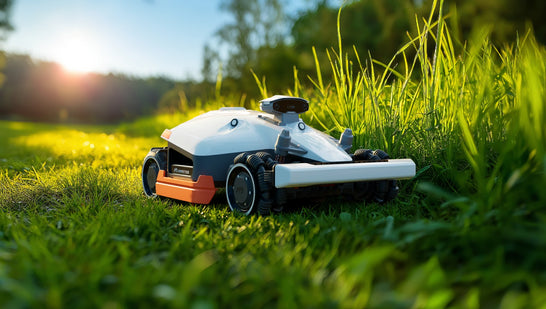
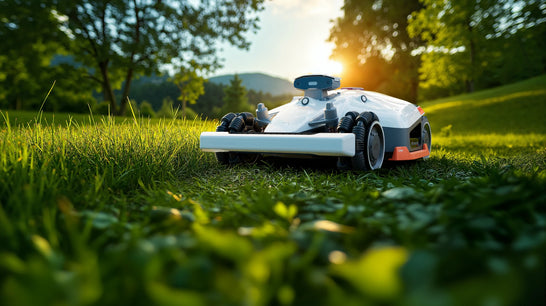
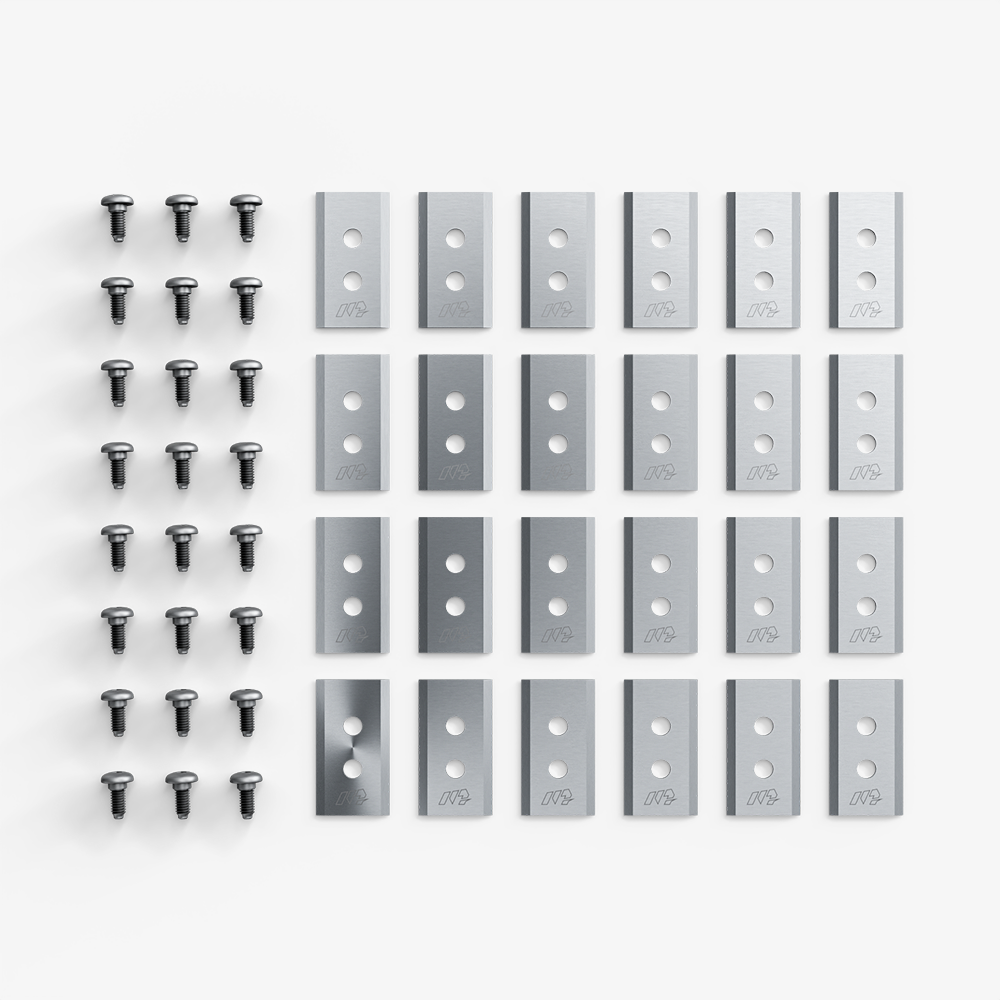
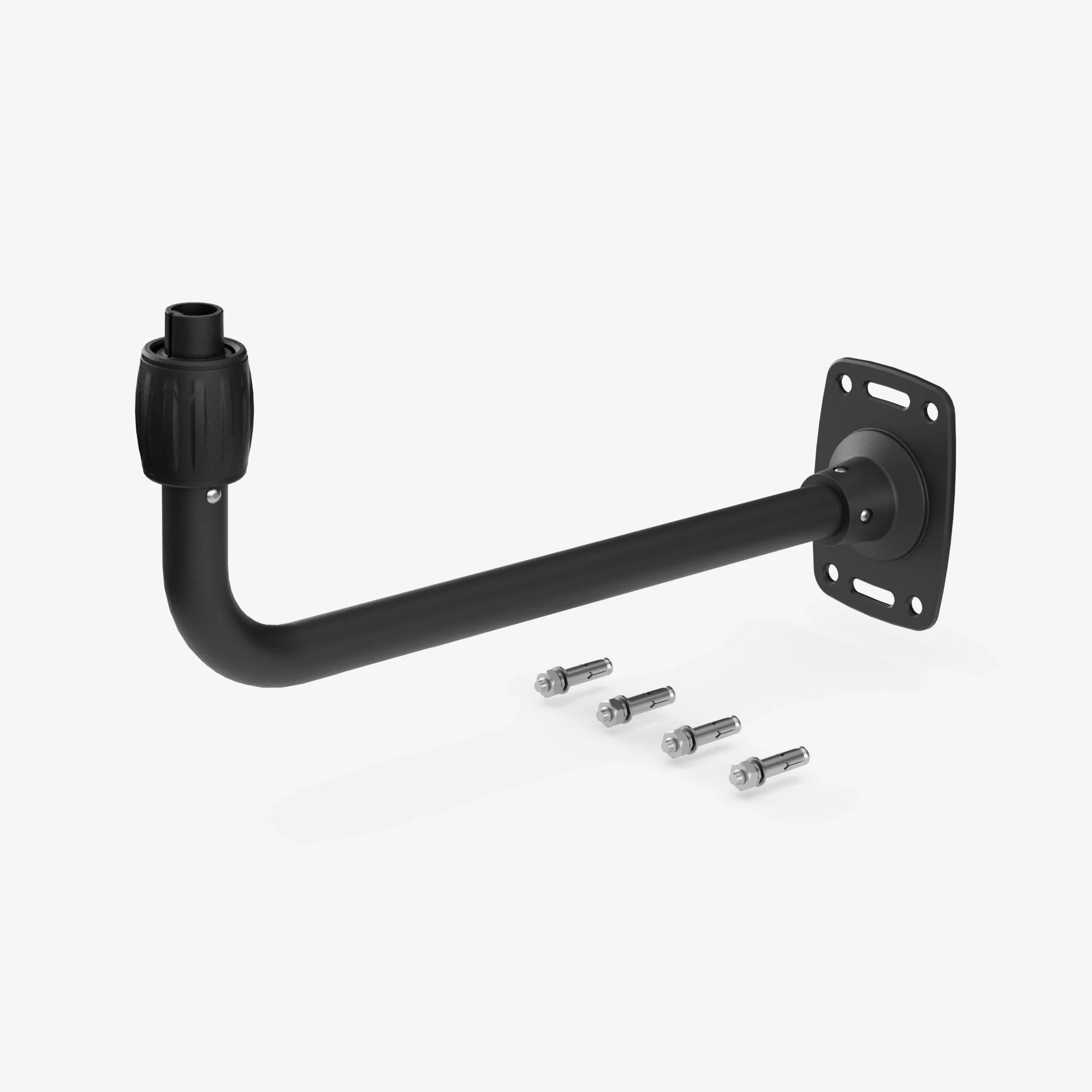

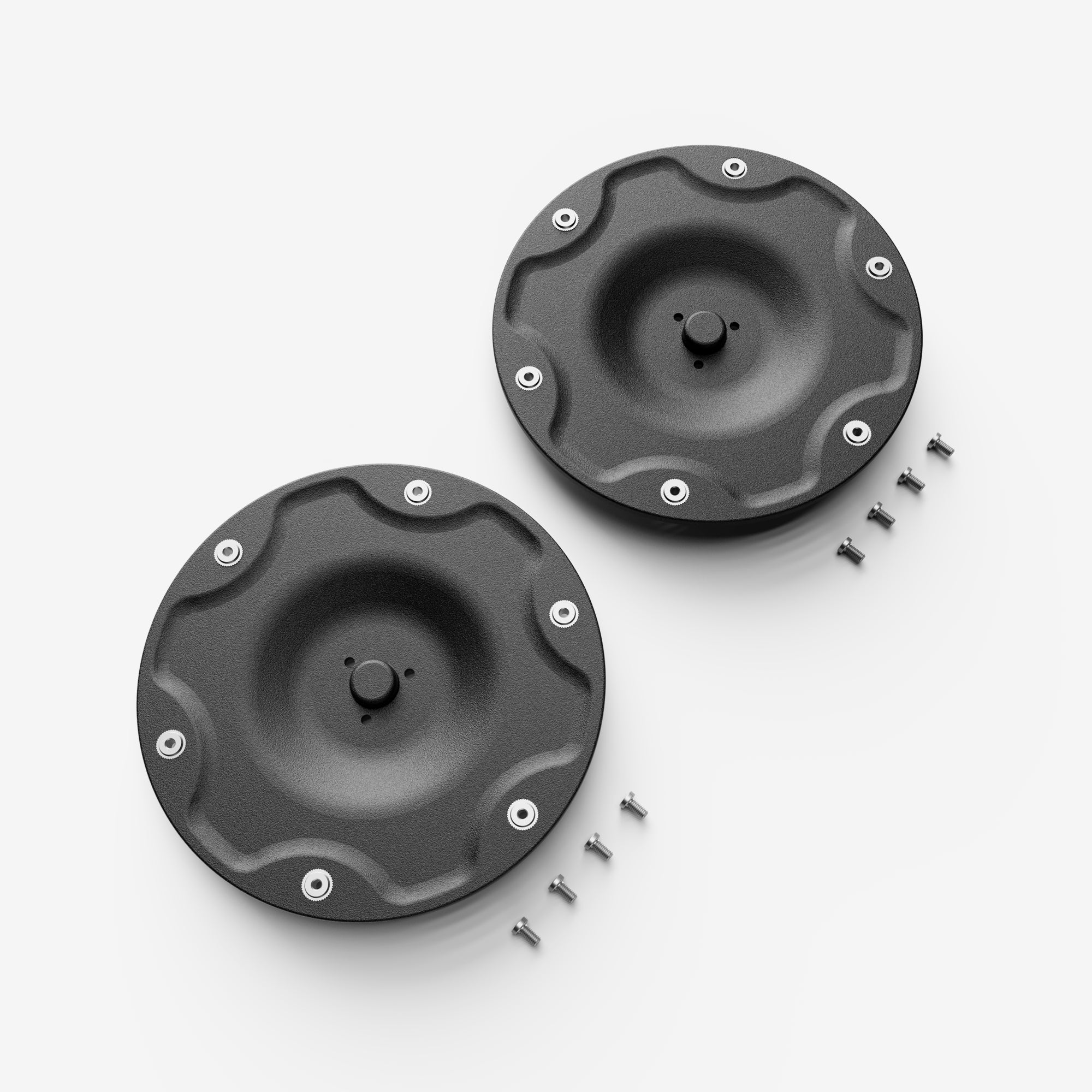

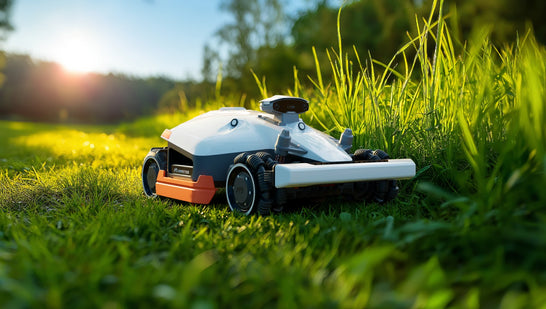
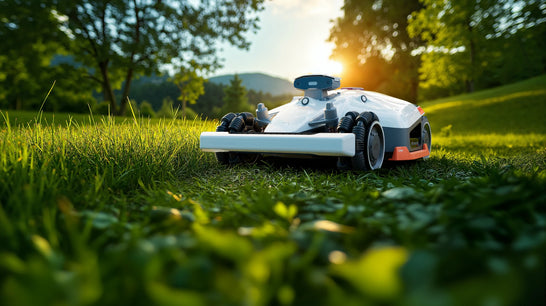
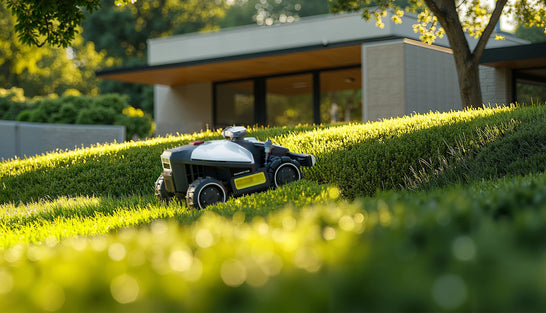

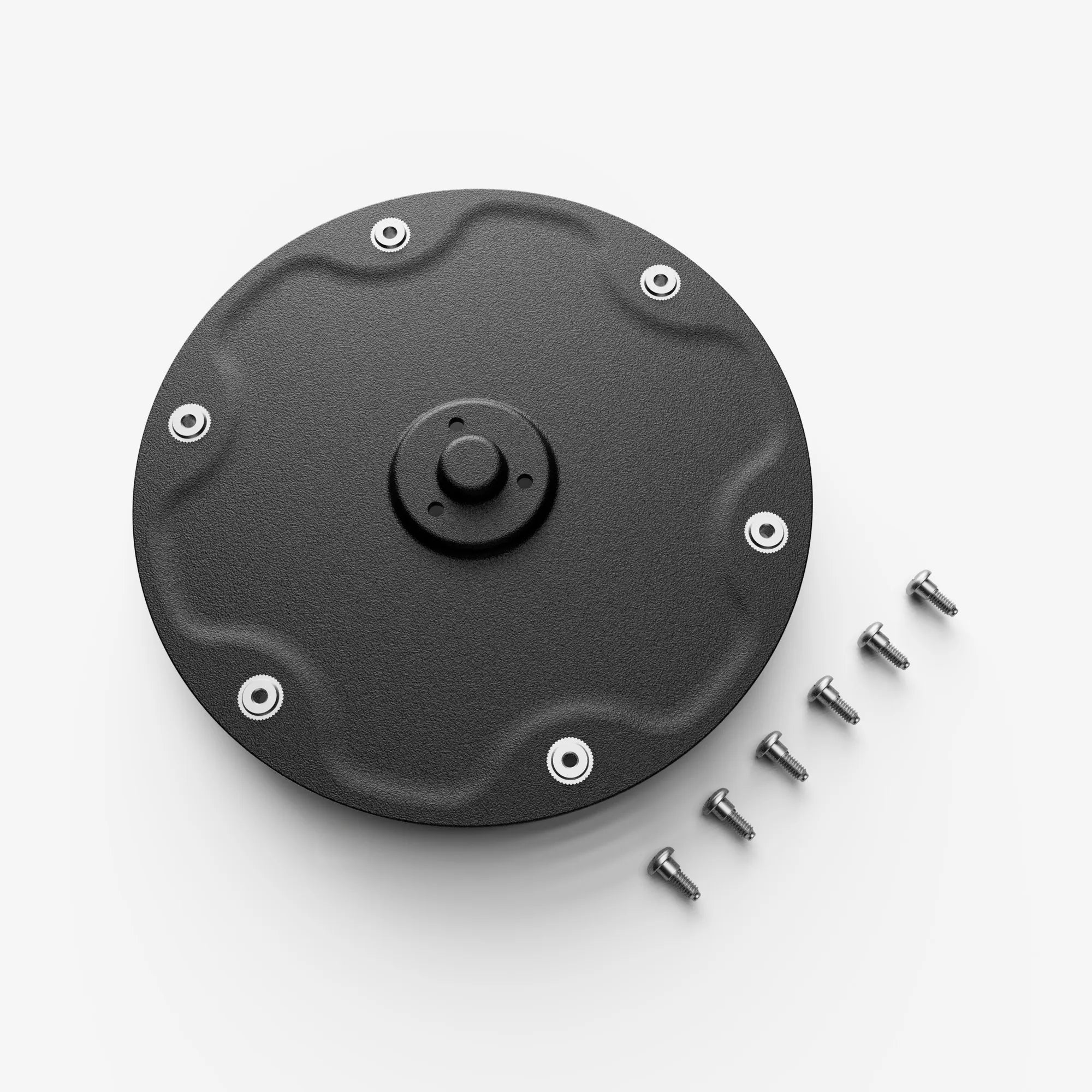
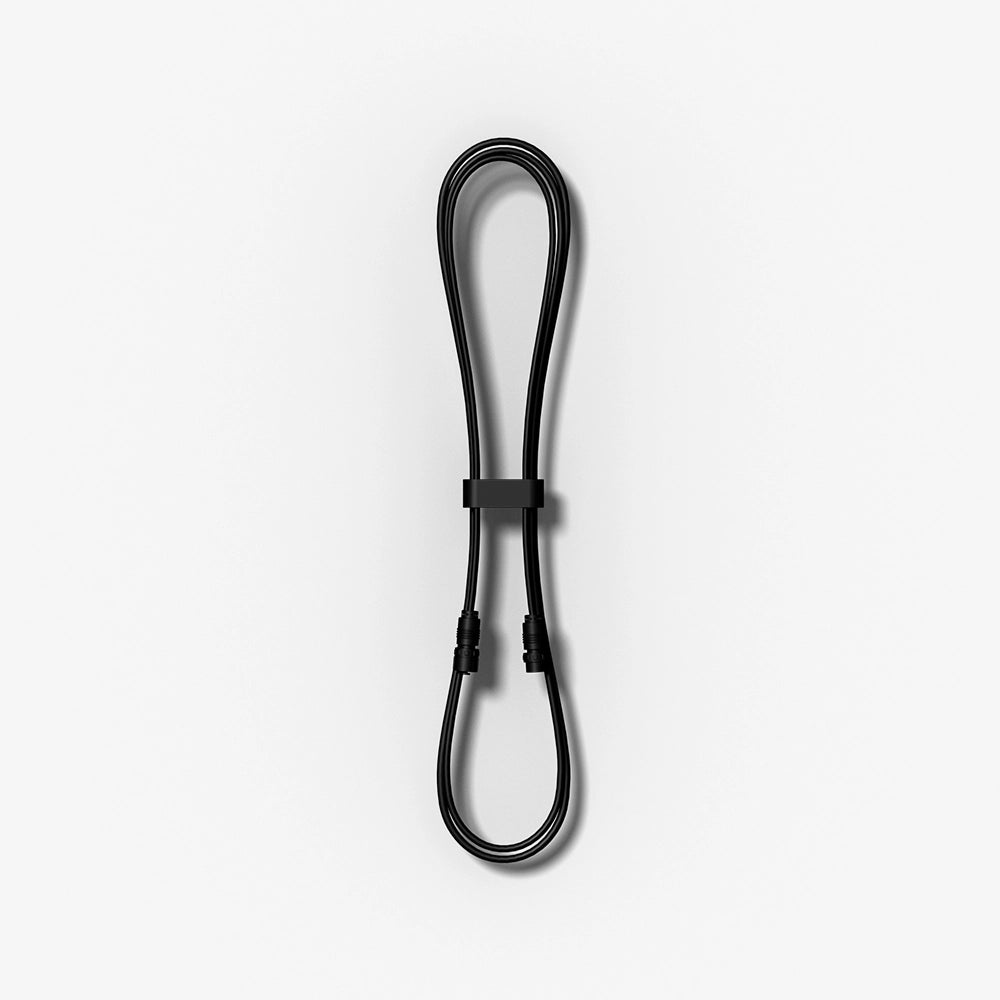



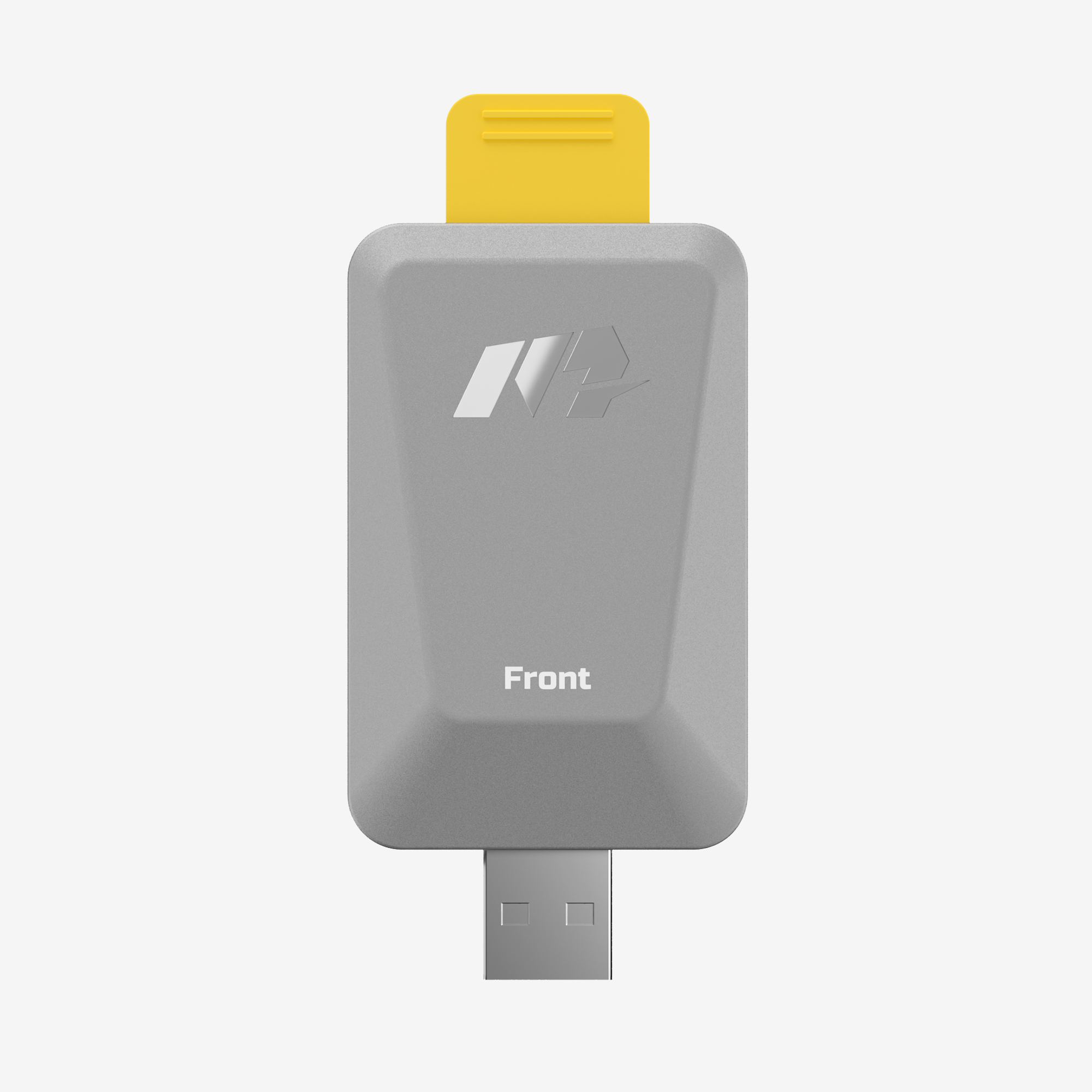
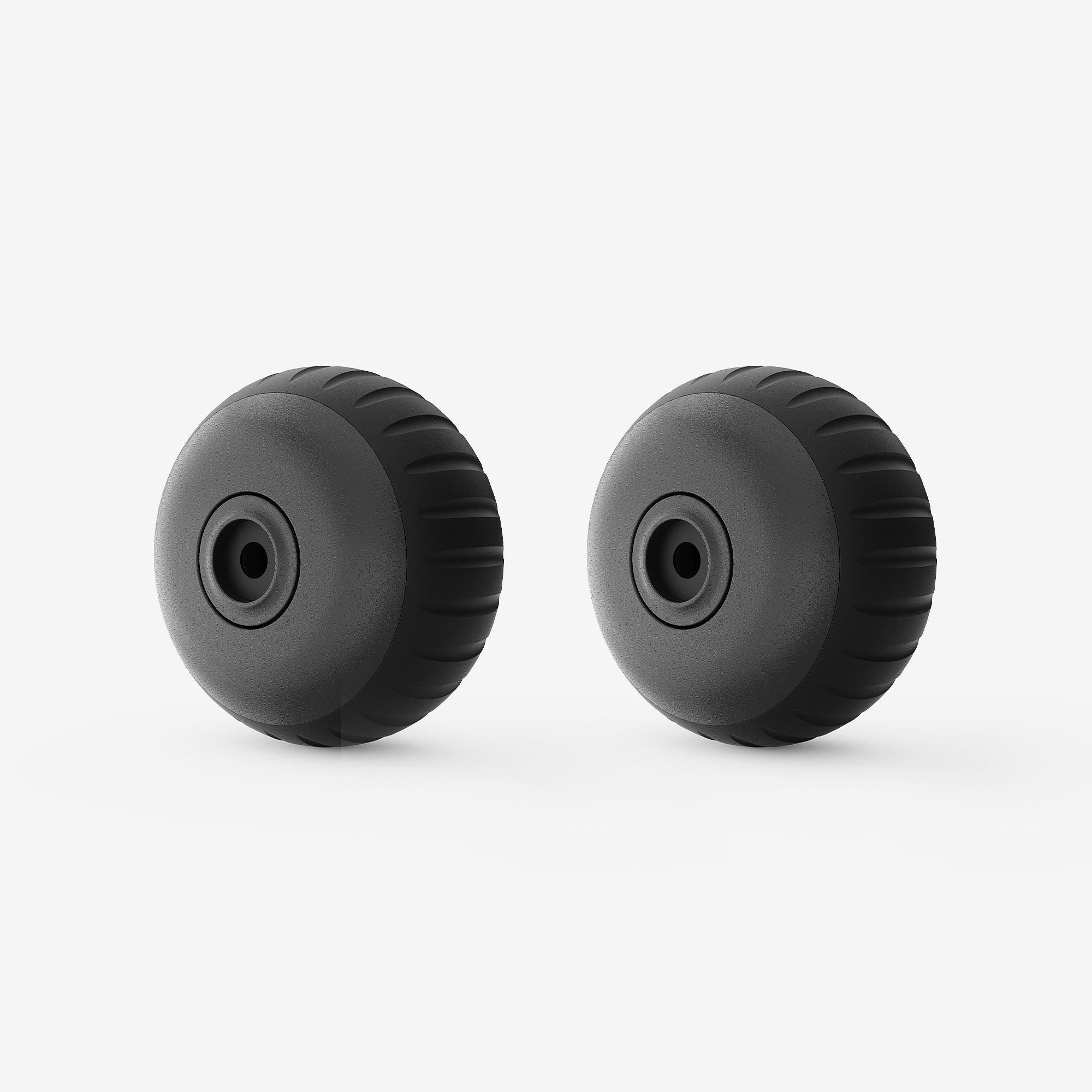

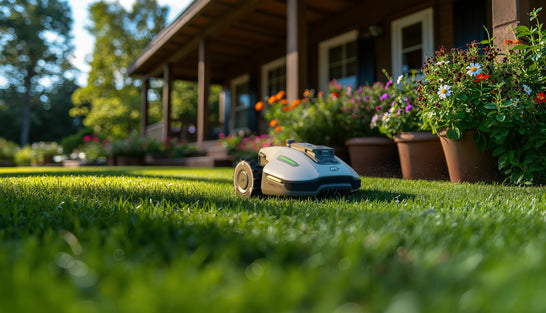
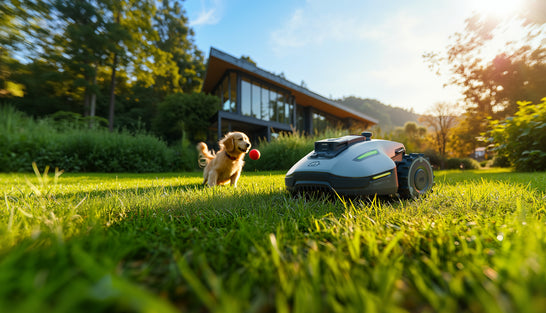
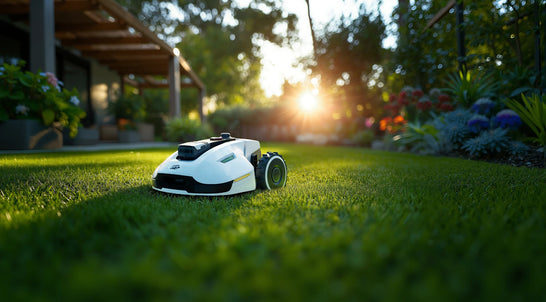


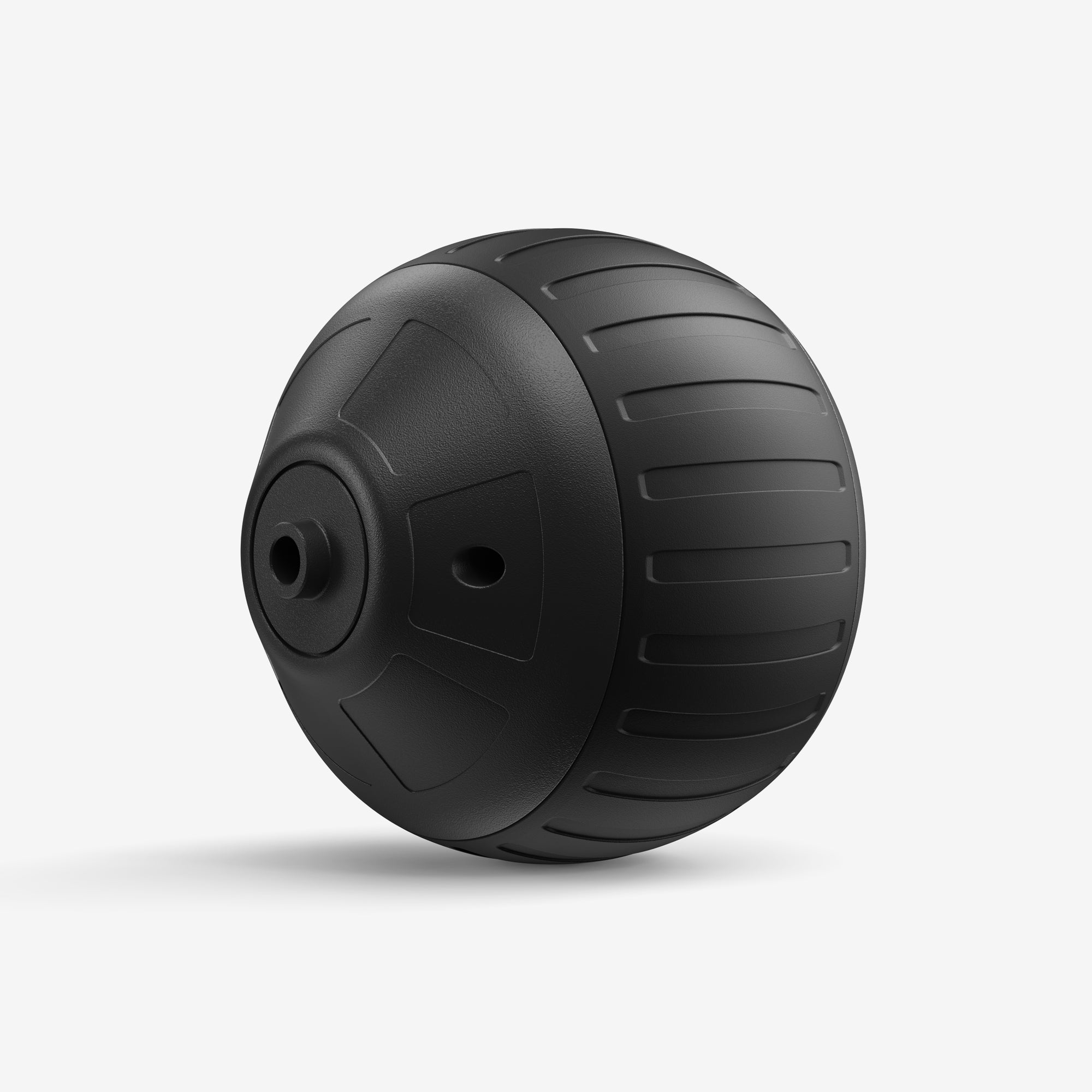
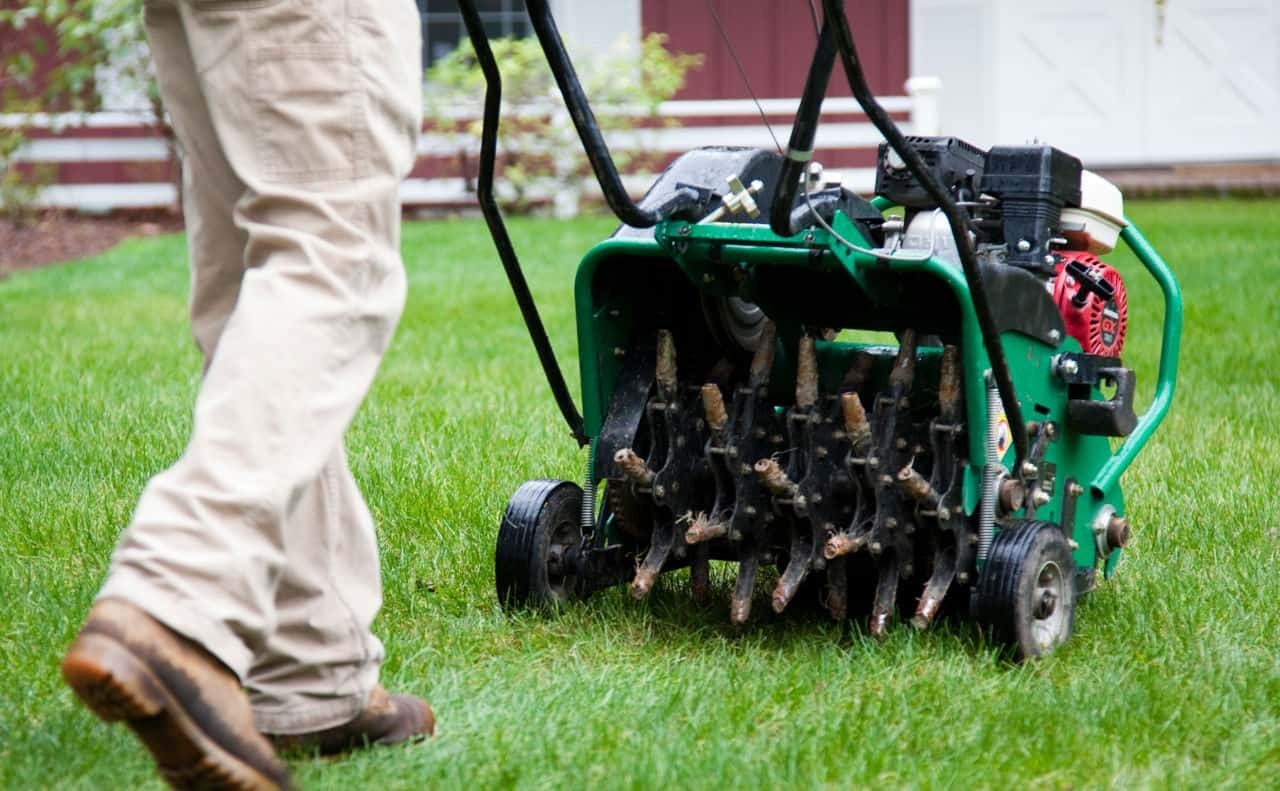


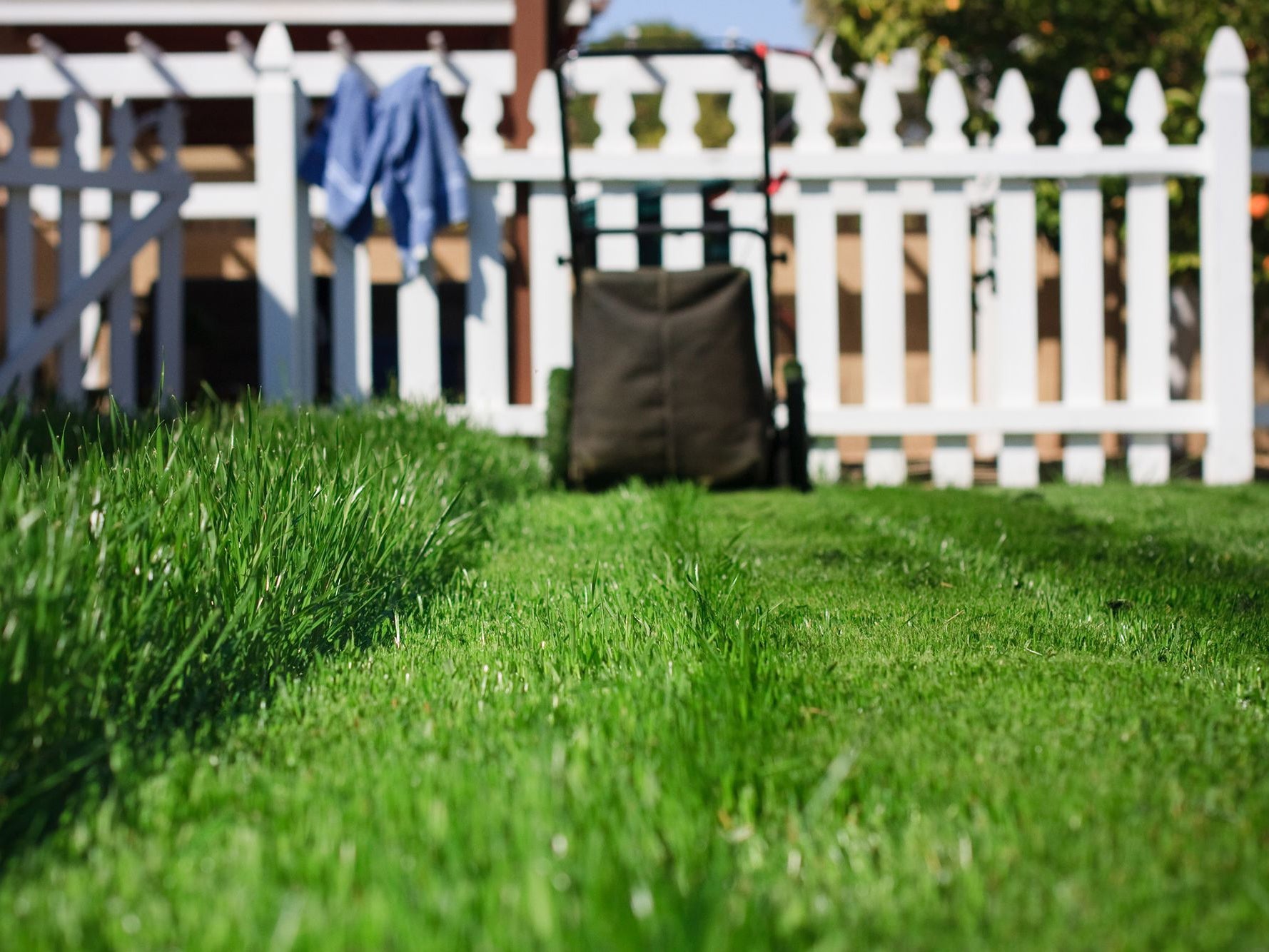
Leave a comment
This site is protected by hCaptcha and the hCaptcha Privacy Policy and Terms of Service apply.